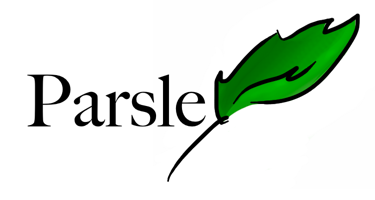Overview
Parslet is a library with a clear philosophy: It makes parser writing easy and testable. On top of that, it provides understandable error messages (“General Protection Fault”) to you, the language writer. In extension, you will hopefully manage to provide good error messages to your users. Together, we can create a better world!
Traditional texts on the subject will have you write a compiler or interpreter for a language in several stages:
- Parsing or Lexing/Parsing
- Abstract Syntax Tree construction
- Optimization and checking of the tree
- Generation of code / Execution
This library will be good for the first two stages only. After that, you’ll be on your own.
The parsing step has literally been implemented by hundreds (thousands) of clever people; No lack of alternatives. Even in Ruby, you’ll have the choice among a handful of libraries. There’s a distinction to make on this level as well:
LRk parsers and related fields Parsers in this class use a lexical analyzer (a lexer ) to transform the input text into tokens (tokenizing ). They then check if your stream of tokens has a corresponding tree that conforms to the grammar. Most of these parsers allow grammars that are ambiguous and will provide a mechanism for resolving the arising ambiguities. These are the earliest parser generators and the most widely used (yacc, bison, …) — chances are, you’ll have more than one of these libraries installed on your system.
PEG or packrat parsers Parsers in this class are based on a slightly more modern algorithm, which translates what one does when writing a parser by hand in top-down fashion. This is what we programmers do all over, methods calling methods – and its also (grossly) what these parsers do to recognize input. Left recursion is impossible to express in these grammars. No lexers are required – lexical tokenizing and parsing are one single step. Ruby has several implementations of this algorithm in library form: Treetop, Citrus, rsec and of course Parslet.
All of these generators are different in small ways; yet most implement common patterns and provide almost identical APIs. We believe this is an error: choice is good, but there should be visible attributes distinguishing the choices.
Parslet is not like the others, in fact it is radically different on some key elements.
Writing a language
Whether you write a language for a configuration file or a new computer language (the holy grail), the steps are always the same:
- Create a grammar: What should be legal syntax?
- Annotate the grammar: What is important data?
- Create a transformation: How do I want to work with that data?
The creation of grammars and the various concepts that are associated are treated in Parslet::Parser.
Transformation of the resulting intermediary tree is treated in Parslet::Transform
